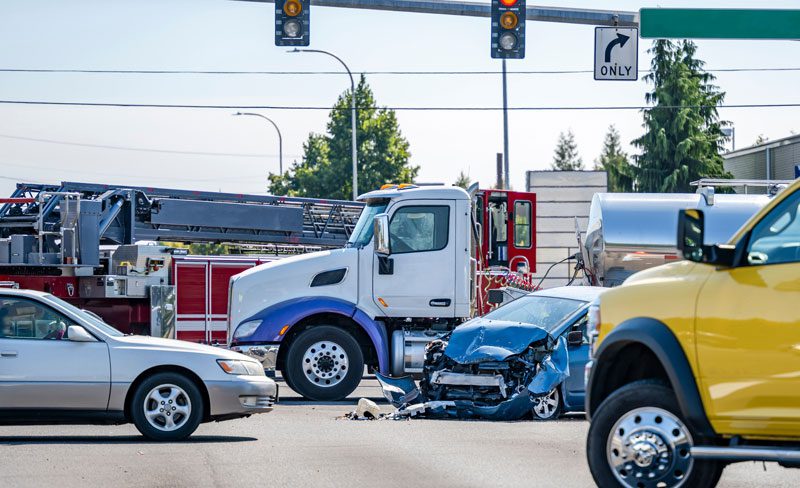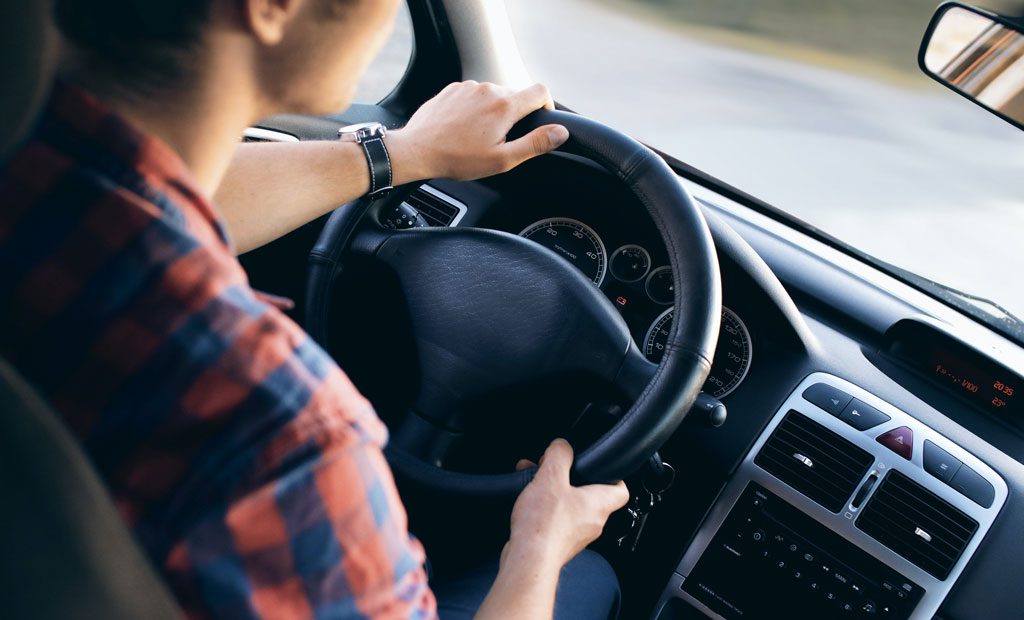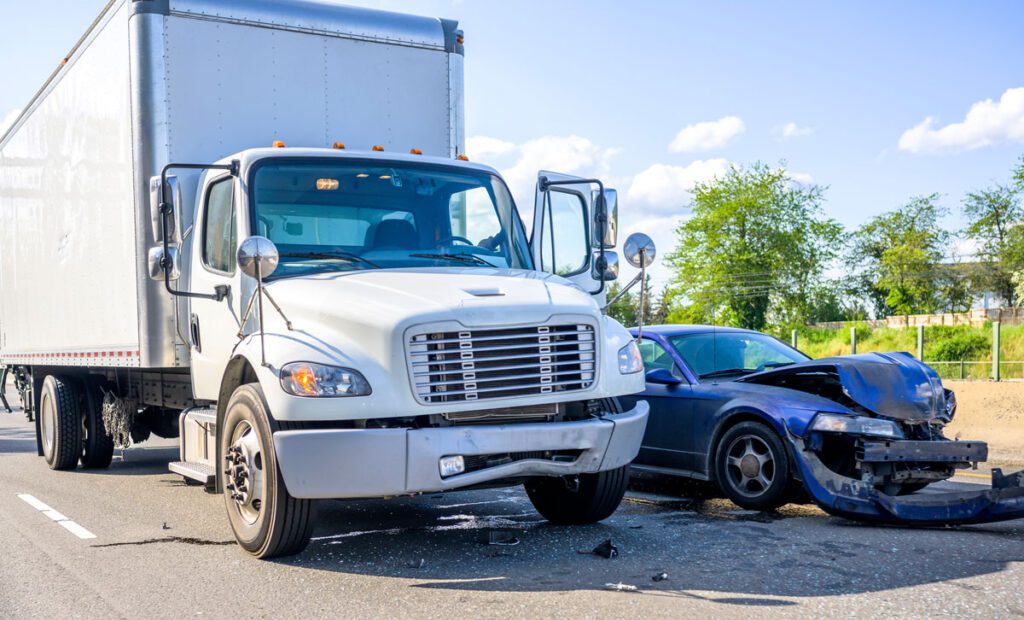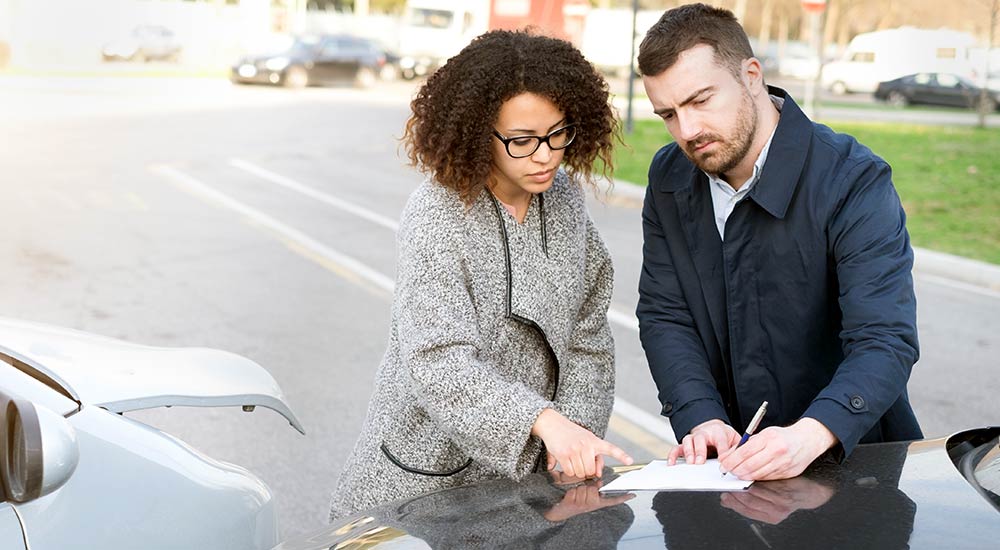Car accidents are a major cause of injury to modern American. Does this surprise anyone? In fact, did you know there are approximately 5,500,000 vehicular accidents during a typical year in America. 36,000 of them result in deaths and 1,600,000 in reported injuries.
As a point of clarity, the only other thing that ranks ahead of vehicular accidents injuring people is household accidents, and this includes both inside and outside the home while on property. Many insurance claims are placed every year for accidents occurring at homes.
The nice thing is that a personal injury attorney can help you with either or both situations.
When it comes to auto accidents, and because of the speeds, masses of moving objects, and number of fixed and stationary structures involved, injuries occur often and can be quite serious.
Here’s a list of common injuries suffered by people in vehicular accidents:
Bruises, abrasions, and cuts
When people get banged around the inside of vehicles, they are going to become bruised. These can range from small and insignificant to pesky to critical. In violent crashes people will bruise entire sides of their bodies. Depending upon the nature of their overall physical health this can present quite a risk. Consider, for example, a 90-year-old on blood thinners.
Abrasions and cuts are common during accidents. Abrasions commonly occur when skin comes into contact with fixed objects like armrests, dashboards, and inside panels where it suffers extreme friction. It’s like a burn that can be quite painful and result in extensive damage.
Modern vehicles feature safety glass that sandwiches thin layers of plastic between areas of glass. It is designed to retard shattering and prevent splintering glass from flying into occupants. While this has reduced some cutting from glass, when body parts strike it, glass cuts are virtually impossible to prevent. Additionally, anything sharp in a vehicle from dangling keys to hard edges get caught on and can cut.
Head, neck, and spinal injuries
During accidents the head, neck, and spine are especially susceptible to injury. For most people their head weighs about 11 pounds and is supported by 20 muscles. The problem is that during an accident the head, of course, sits out in the open atop our shoulders at the end of our spine. Vision the situation as a rock dangling down from a cord or rope, only place it the other way around with the rock on top. Now during an accident when that rock (head) suddenly snaps the cord or rope (neck and spine) bad things happen. People seldom sit perfectly aligned to best endure an accident. They sit tilted or they are looking around, and then bam! They get blasted! Might be from the impact of the accident or the discharging of an airbag. Read more about the impact during and accident below.
Internal organ damage
During an automotive accident there is not just one impact. There are, in fact, 3. These 3 collisions all adhere to the laws of inertia. That an object at rest remains at rest until acted upon by an outside force. And that an object in motion remains in motion until acted upon by an outside force.
During the first collision the vehicle impacts with another object, perhaps a car, a guard rail, a bridge abutment, a bike, or pedestrian. The more massive or fixed in position the other object is the more violent the collision will be. There is an additional side note about speed that will be mentioned below.
The second impact occurs when the occupant of the vehicle hits something on the inside of it, whether that’s a seatbelt, airbag, dashboard, windshield, side panel, headliner, flying engine part coming through the compartment, or cargo. Injuries caused during this phase are often obvious and easily identifiable to others involved in the accident and to arriving emergency paramedics.
This is when broken bones often occur. Breaks most typically happen to the extremities: the hands, arms, feet, and legs, although ribs and skull fractures can happen as well.
The third and most often deadliest injuries occur during the third impact when internal organs strike other internal organs and/or bones within a person. For example, the brain strikes its skull, or the spleen hits a rib. Organs can rupture or bleed internally. These injuries are initially hidden from view, and it takes medically trained personnel to detect them and the extent of their damage.
Physical injury or even death can occur at each and every stage of this impact progression. For example, the sudden slowing when two vehicles first meet head-on can snap and break necks, even though no person has not yet impacted within the vehicle at the second stage.
Also, of special note, the faster a vehicle is moving the more damage gets inflicted. While there indeed are 3 impacts:
- vehicle hits object
- occupant hits inside of vehicle
- occupant’s organs hit other body parts, whether bones or organs
speed, mass, direction, and fixation are the 4 horsemen of an accident apocalypse.
During incidents of motorcycle, bicycle, and/or pedestrian accidents, there are higher incidents of “road rash.” This most often occurs when people slide down road surfaces. Let’s not dwell upon what specifically happens to them. Just know that it’s an ugly and painful injury to say the least.
Of all the injuries, head, neck, and spinal ones tend to be the most serious and difficult to make a full recovery from. Seemingly minor whiplash can lead to years of blinding headaches, immobility, and discomfort. Spinal injuries lead to a lifetime of permanent disability. Head injuries cause lasting brain disorders that affect everything from perception to mental abilities and emotional stability and personality. Current employment and future growth paths disappear altogether.
When you have been injured in a vehicular accident, you need to make sure you are treated fairly and that your attorneys understand the medical significance of your injuries. If you were recently involved in an accident, please contact Chichyan Law APC for a courtesy consultation. You can also e-mail attorney Morris Chichyan directly at morris@chichyanlaw.com.























